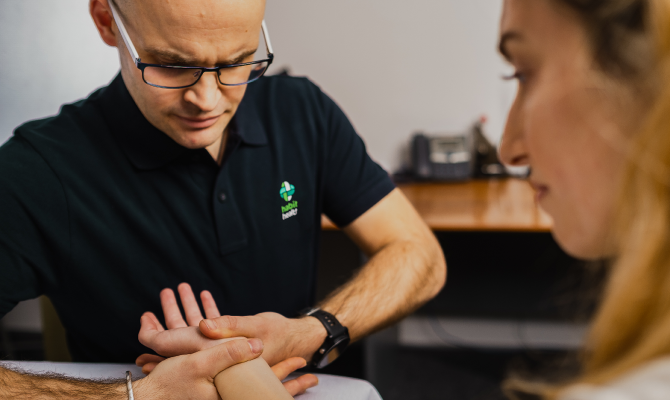How To Stay Injury-Free Over Summer
19 Nov 2020
3 Dec 2020

Following on from last month’s article ‘How to Stay Injury-Free Over Summer’, I thought it might be helpful to add some tips about what happens if you get injured. Injury occurs when we put too much load on our body too quickly and therefore exceed our capacity. But do not fear, the Habit Health team is here to help you out with some simple first aid and knowledge to get you on the path to recovery.
Injuries fall into two main categories: acute and those due to overuse. Acute injuries occur from a one-off event resulting from an excessive external load. e.g. A fall or being hit by an object. This can result in fracture, dislocation, muscle strains/tears or ligament sprains/rupture. Overuse injuries are a result of many small micro trauma over an extended period of time which can lead to pain and reduced function. Examples of overuse injuries are Achilles tendinopathy, runners knee, stress fracture and tennis elbow; just to name a few. These tend to be harder to diagnose and can take longer to recover from.
So how can you help yourself recover from your injury? Obviously this answer is going to have some bias, but your best bet is to make an appointment with one of our physiotherapists. There are also some things you can do to help yourself before you arrive at your initial appointment. There are two phases to remember: POLICED and HARM.
First 24-72 hours.
Protect the injury from further damage. Don’t overload it or cause more pain. Use a splint or brace.
Optimal Load. Though rest is important we also want to keep some load in the tissue as this helps with recovery. So keep moving within your pain limits.
Ice the injured area for 15-20 minutes to reduce swelling. This can be performed multiple times, but do let the skin return to body temperature between icing for 40-60 minutes.
Compress the area with bandages to help reduce swelling. Don’t sleep with compression on.
Elevate the injured area above the heart when not moving around; this will help with reducing swelling.
Diagnosis. Make an appointment with one of our physiotherapists to get a diagnosis and an action plan for recovery.
Things to avoid in the first 24-72 hours.
Heat increases blood flow to the area and can result in further bleeding.
Alcohol causes our blood vessels to dilate and therefore increase blood flow. It can also increase the risk of further injury.
Running and excessive load should be limited as it increases blood flow. Take the time to rest.
Massage will also increase blood flow to the area and may result in further swelling.
At your initial appointment, the physiotherapist can help you fill out an ACC form, so there is no need to visit your GP, and they will structure an Action Plan to put you on a path to recovery and towards living your best life. If further investigations are required, these can be arranged by your physiotherapist or we can refer you to other specialists.
So if you have come unstuck with your summer adventures or training, come and see us in one of our clinics and we'll be happy to help.
| Aaron Searle is a Lead Physiotherapist at Habit Health Wellington |